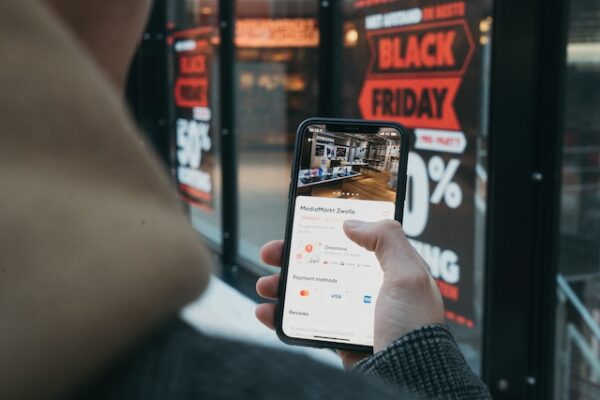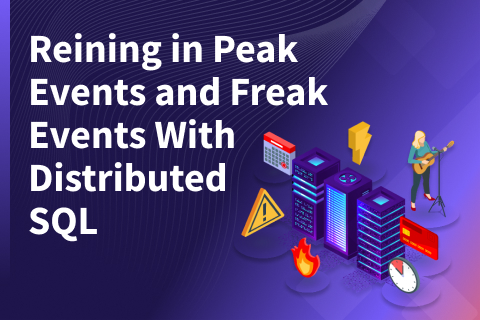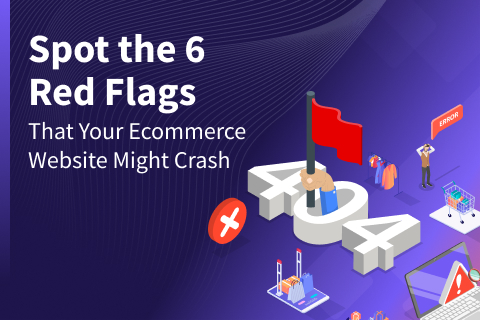Retail Rundown: Analyzing 2023’s Black Friday Sales Results
Black Friday (and Cyber Monday) are over, leaving us to ponder the results. Was 2023 a successful year for retailers, or did Black Friday lose its significance in terms of when people shop, because, as many predicted, the ease of online shopping has completely eroded this historically peak shopping period?
The numbers are in, and they may be a bit surprising.
Black Friday Sales Results and the (Even Greater) Rise of Cyber Monday 2023
Thanksgiving Day has effectively become part of the peak shopping period known as “Black Friday.” It has grown in terms of traffic and transactions. By the time most people in the US wake up on Thanksgiving morning, retailers have their websites fully primed and ready to go.
In 2023, Adobe found that online spending on Thanksgiving reached $5.6 billion, a notable increase of 5.5% from 2022. Black Friday 2023 surpassed this, bringing in $9.8 billion in online sales — up 7.5% from last year.
But the peak had not been reached. Cyber Monday shoppers blew those numbers away, spending an additional $12.4 billion, a 9.6% jump from 2022!
The numbers are impressive, but they only paint part of the picture.
eCommerce vs. In-Store Spend in 2023
Despite that surge in online traffic and transactions, overall holiday spending is expected to increase by only 2- 3%. This indicates that a larger proportion of people visited your site during that five-day peak period than during the rest of the holiday period and that most prefer to shop online rather than in-store.
In fact, ecommerce grew approximately 8% in 2023. This is in stark contrast to the modest 1-2% (depending on the source) rise in in-store shopping. So, despite most predictions, the Black Friday/Cyber Monday peak shopping period has intensified, becoming even “peakier” than before
The Impact of Mobile on Black Friday / Cyber Monday Shopping

So, where did all that online traffic come from? Mainly through mobile phones. A recent Salesforce report revealed that mobile accounted for 61% of digital traffic in 2017, increasing to 75% in 2020, and reaching 79% this year. And this level of growth makes sense. Mobile phones (and the front-end/ back-end apps that run on them) have significantly boosted traffic for three reasons:
- Individual Device Ownership. Households no longer share one or two access devices. Today, each family member typically has their own device, leading to an exponential increase in the number of access devices and incremental traffic to your site.
- Embrace of Omnichannel Shopping. Mobile phones are the foundation of the omnichannel experience, bridging the gap between online and in-store shopping. Customers often check pricing, inventory, and availability before (or during) their shopping trips. In many cases, they will make an online purchase while standing in the actual store.
- Spontaneous Online Shopping. Mobile phones have revolutionized the convenience of online shopping. Unlike laptops, which require a certain level of planning to shop online, mobile enables a new level of spontaneity. Shopping can start on a whim. This has led to new traditions, such as large numbers of Americans pulling out their mobile devices after dessert on Thanksgiving to start shopping (something Lululemon learned the hard way in 2018).
However, there is a dark side to all this mobile growth for retailers. Any level of friction (site slowdowns, being forced into waiting rooms, slow/arduous/overly complex payment processes) quickly leads to abandonment. Depending on the level of industry competitiveness (and retail is very competitive) your loss could be your competitor’s gain.
Ecommerce Site Outages Black Friday 2023
Every year, there are reports of ecommerce sites going down, although they are becoming less frequent. Not because they don’t happen (they do), but because systems and sites going down have become so common that they no longer draw the high levels of media attention they once did.
But they do happen, and retailers are not the only ones at risk. Streaming services, payment processing services, and really any B2C company serving a geographically distributed customer base are at risk during peak events.
A Story About a (Peloton) Bike, a Ride, and a World Record

On Thanksgiving Day, Peloton scheduled its annual (live stream) Turkey Burn ride for 10 am ET. This year, the ride was even more significant as the company saw an opportunity for extra promotion by setting a world record for the biggest live class ever.
Things did not go as planned.
At 10 am, many people reported that they were unable to access the ride, either on a Peloton Bike or through the app. Twenty minutes later, people were able to (re)join the ride. About 27K people jumped online, which necessitated a second update/fix 13 minutes later.
However, some people were never able to join. All they got was a message of “Failed to Load class. Exit and try again”.
Not sure where people were getting on after 20 minutes. I was never able to join until about 15 minutes after class ended after trying for [the] whole 45 minutes continuously.
—Peloton user nicknamed “Ko” (Source: Peloton Buddy)
Peloton eventually got their world record, but only because:
- A lot of people scrambled behind the scenes (on a holiday) to get (and keep) their overstretched system running.
- A bunch of loyal customers stuck it out for over 20 minutes.
Would your retail, streaming, or banking customers stick it out with you?
Is Black Friday a Peak Shopping Event?
All industries experience seasonal peaks, but historically, the period between Thanksgiving and Cyber Monday is the “peakiest” of all. However, has that peak started to erode? Observationally, it seemed like it might have, with the Black Friday shopping period stretching far beyond its traditional timeframe.
Many retailers, including Lowes, Home Depot, and several supermarket chains started their sales events in mid-November, while Amazon, Walmart, Best Buy, and Target began in October.
So while brands might no longer market Black Friday as a 24-hour event, and many analysts predict that it will gradually lose its importance, customers wholeheartedly disagree.
And that is the crux of the issue. Availability, latency (i.e. speed), and resiliency (i.e. ability to not crash) are all impacted by the amount of traffic your site receives. And traffic is customer-driven. Customers behave according to their own personal set of subjective variables. Therefore, it is truly difficult to know how those variables will translate into traffic and transactions.
The point is that you want to be ready to meet unexpected demand because for most companies (it really does not matter the size), the moment will come when your traffic will spike. This could be because: :
- A certain sale will resonate
- An influencer will highlight one of your products
- A product will catch the public’s imagination
- A great PR or marketing campaign goes viral
It is incredibly hard to model traffic spikes. No one knows when it will hit. So, adding more servers that sit unused in anticipation of a traffic spike is not the most effective or economical solution.
Customers expect your apps to always be on and working. They also expect fast access, regardless of their geographic location. To meet their expectations, keep them on your site, and provide superior customer experiences, businesses are creating and deploying new modern, cloud native, globally-distributed applications. Their goal? Get the apps closer to the customers for better performance.
However, a fundamental component of this strategy is to support these applications with geo-distributed database. By also placing the data in close proximity to customers, retailers can ensure their apps have more reliable access to data, with low latency and superior levels of resiliency against zone and regional cloud failures.
 Examine (in detail) the six geo-distributed deployment topologies offered with YugabyteDB that will future-proof your data infrastructure and support your app’s needs.
Examine (in detail) the six geo-distributed deployment topologies offered with YugabyteDB that will future-proof your data infrastructure and support your app’s needs.
